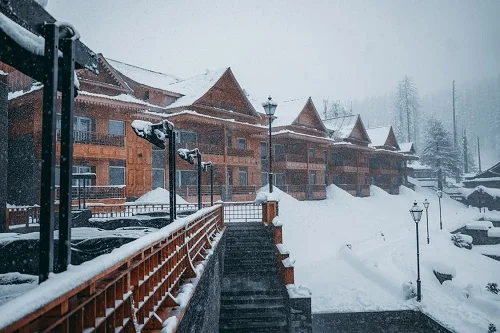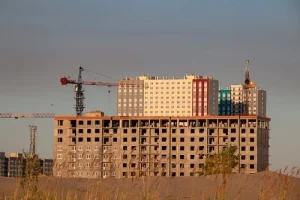A frost protected shallow foundation (FPSF) is a type of foundation system designed to withstand the effects of frost in cold climates. Unlike traditional basements, which extend below the frost line, FPSFs are constructed above the frost line and are insulated to prevent frost penetration. This article will delve into the concept of designing a frost protected foundation, exploring its benefits, and discussing various considerations for its implementation.
Definition of FPSF
An FPSF is a foundation system that is insulated to prevent frost from reaching the ground beneath the slab. The rigid insulation used in FPSFs creates a thermal break, reducing heat loss from the building and preventing the formation of frost. The international residential code provides specific guidelines for the design and construction of FPSFs, considering factors such as the climate zone and the air freezing index.
Types of shallow foundations
Shallow foundations are categorized based on their load-bearing capacity and the type of soil they are built on. While FPSFs are a specific type of shallow foundation, it’s important to understand the broader category. Common types of shallow foundations include:
- Slab-on-grade: A concrete slab poured directly onto the ground.
- Crawlspace foundation: A foundation that creates a crawl space between the ground and the first floor.
- Basement foundation: A foundation that extends below the frost line to create a basement.
Advantages and disadvantages of a dhallow foundation
FPSFs offer several advantages over traditional basements:
- Cost-effective: They are generally less expensive to construct than basements.
- Faster construction: The construction process is often quicker due to the reduced excavation requirements.
- Energy efficiency: The insulation provided by FPSFs reduces heat loss and can lower energy costs.
- Lower risk of moisture problems: By preventing frost penetration, FPSFs can reduce the risk of moisture-related issues such as mold and mildew.
However, there are also some potential disadvantages to consider:
- Limited basement space: FPSFs do not provide the same amount of basement space as traditional basements.
- Susceptibility to ground movement: FPSFs can be more susceptible to ground movement caused by factors such as soil expansion and contraction.
Other considerations
When designing an FPSF, several factors must be considered:
- Climate: The magnitude and duration of freezing temperatures will determine the required insulation thickness.
- Soil conditions: The type of soil and its moisture content will affect the design of the foundation.
- Building loads: The weight of the building and its contents must be considered to ensure adequate support.
- Drainage: Proper drainage is essential to prevent water from accumulating around the foundation.
Frost protected shallow foundations offer a viable and energy-efficient alternative to traditional basements in cold climates. By carefully considering the factors discussed in this article, builders and homeowners can design and construct FPSFs that provide long-lasting and comfortable living spaces.
Environmental impact
While FPSFs can offer energy efficiency benefits, their environmental impact should also be considered. The production of insulation materials and the energy required to manufacture and transport construction materials can contribute to greenhouse gas emissions. However, FPSFs can reduce energy consumption throughout the building’s lifespan, potentially offsetting some of these emissions. It is important to evaluate the overall environmental impact of different foundation types, including the embodied carbon associated with their construction and the operational energy savings they provide.
Regional variations
The design and construction of FPSFs can vary depending on regional climate conditions and local building codes. In regions with severe winters, thicker insulation may be required to prevent frost penetration. Additionally, local soil conditions and groundwater levels can influence the design of the foundation and drainage systems. It is essential to consult with local building professionals to ensure compliance with relevant regulations and to tailor the FPSF design to the specific site conditions.
Future trends
As research and technology advance, new innovations in FPSF design and construction may emerge. For example, the development of more efficient insulation materials and improved drainage systems could enhance the performance and sustainability of FPSFs. Additionally, advancements in building science and climate modeling may lead to more precise calculations of frost penetration and energy consumption, enabling more accurate and optimized FPSF designs. By staying informed about these developments, builders and homeowners can benefit from the latest advancements in frost-protected shallow foundation technology.
Recommendations
- Consult with a qualified engineer or architect to design a FPSF that meets local building codes and specific site conditions.
- Use high-quality insulation materials with a high R-value to maximize energy efficiency.
- Ensure proper drainage to prevent water from accumulating around the foundation.
- Consider using a wing of insulation to extend the thermal break and further reduce heat loss.
- Regularly inspect the foundation for any signs of damage or moisture intrusion.






